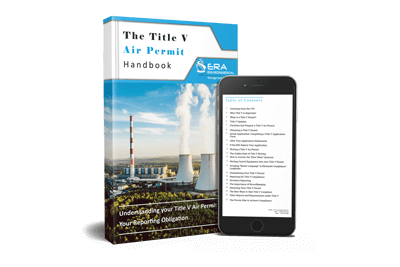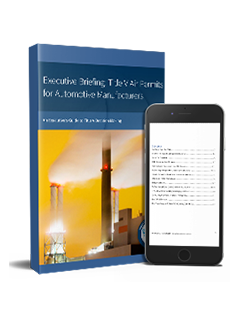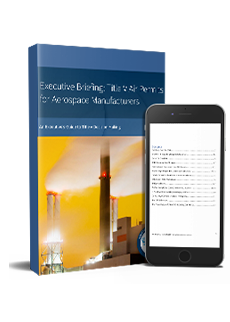Guarantee air permit and Title V compliance under the Clean Air Act (CAA) with automated data management and streamlined reporting for all of your facility's air pollutant emissions.
.png?width=550&height=350&name=Tier-II-solution-webpage_desktop%20(1).png)
Does your facility emit 100 tons/year of any air pollutant or meet hazardous air pollutant (HAP) or non-attainment area thresholds?
Does your facility produce 100,000 carbon dioxide equivalent tons of GHG emissions per year, or 100 tons per year of GHGs directly?
Is your facility subject to New Source Performance Standards, National Emissions Standards for Hazardous Air Pollutants , or other regulations?
In some states, such as Indiana, certain facilities have a three-year reporting cycle.
Let bulk data uploads, ERP integration, and real-time CMS monitoring track your chemical use and emissions for you.
Calculate overall GHG, HAP, VOC, VHAP, and other emissions per source and per compound for operations of any kind.
Know when you've exceeded a threshold for True and Synthetic Minor Source, PSD, Nonattainment NSR, Title V, etc.
With ERA, your Title V compliance software is kept up to date on any changes to EPA regulations automatically and at no extra cost. Manage HAPs, volatile organic compounds (VOCs), GHGs, and other air pollutants under the CAA.
Synchronize your continuous emissions monitoring with the Environmental Management System through ERA’s Continuous Monitoring System module to receive instant alerts and automate data collection the moment an emissions deviation occurs.
Your facility must submit deviation reports every six months detailing the start and end dates and times of any emissions deviations. With ERA, you can maintain complete records over your reporting period and streamline report generation.
ERA’s Environmental Management System keeps all of your emissions in one place. Avoid information silos and achieve transparency within your organization to always know your regulatory standing and maintain your compliance.
Integration with ERA’s Health & Safety Incident Management System module can automate your facility’s CAPA response to emissions deviations and provide you with tools for prevention, continuous improvement, and risk management.
ERA provides a comprehensive solution for your air permit compliance and reporting needs. Our software streamlines and automates key tasks, saving your facility time and money while ensuring accuracy.
ERA maintains a comprehensive Master Chemical and Regulatory List with up-to-date info on all air pollutants your facility must report.
Automated alerts and notifications let you stay on track and streamline compliance, renewals, scheduled reporting, and data collection.
ERA’s powerful engine carries out threshold determination calculations for you, ensuring accurate, error-free compliance reports.
ERA’s Title V Handbook provides comprehensive insights into who needs a Title V permit, how to apply for your facility’s permit, and how to stay compliant. It is so thorough, the EPA itself implemented the 1st edition into its auditor training.


This eBook provides the essential facts concerning Title V air permitting in automotive manufacturing, along with industry-specific MACT requirements.

This eBook covers everything there is to know about Title V air permitting in aerospace manufacturing, including time budgeting and NESHAP requirements.
View frequently asked questions (FAQs) about ERA's Title V Reporting Software.
Title V permit thresholds determine which facilities need to obtain a Title V permit. Generally, any major source with actual or potential emissions at or above 100 tons per year of any air pollutant must obtain a permit. Lower thresholds apply in non-attainment areas, and specific thresholds exist for hazardous air pollutants (HAPs), such as 10 tons per year for a single HAP or 25 tons per year for any combination of HAP
Title V reporting requirements include submitting regular reports on emissions, compliance status, and any deviations from permit conditions. Facilities must also submit an annual compliance certification to the EPA and state or local permitting authorities, detailing their adherence to permit conditions
The EPA air permits program, including Title V permits, is managed through a combination of federal and state efforts. The EPA sets the regulatory framework and oversees state and local permitting programs, ensuring they meet federal standards. States and local agencies typically issue and enforce the permits, with EPA providing guidance and oversight